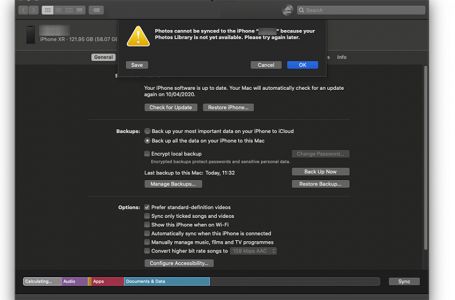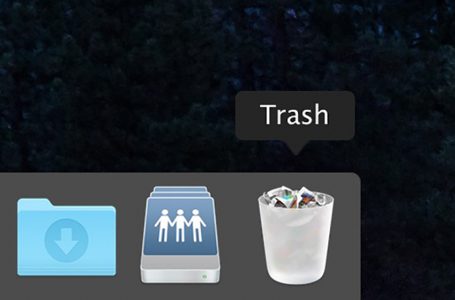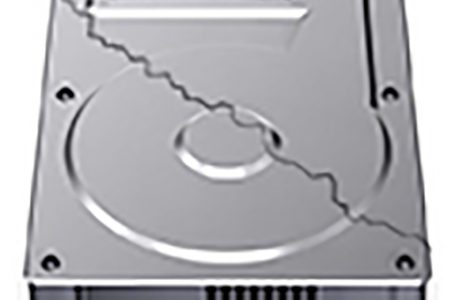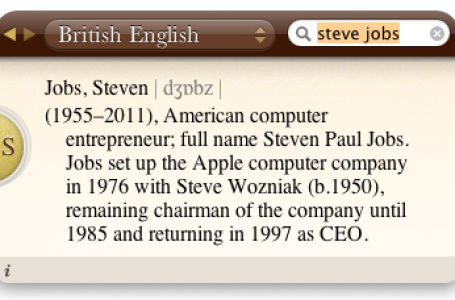Mac OS X Tiger, Firmware Passwords On Intel Macs
Protecting your Mac on boot was a little simpler on PPC-based Macs. With PPC-based Macs, there is the option of using Apple’s included Open Firmware application or booting up in the Open Firmware shell to implement an Open Firmware password.
An Open Firmware password, protects your Mac from the malevolent use of modifiers keys on boot, e.g. ‘CMD-T’ (that modifies boot into Target Disk Mode). Open Firmware passwords can be set to disable the use of the Command key without entering a password, or disable boot without first entering your password.
However, Open Firmware passwords are no longer used, with the advent of Mac systems going Intel, where Extensible Firmware Interface (EFI) has been introduced in lieu of Open Firmware. EFI is a replacement for PC BIOS that was developed mainly because BIOS was limited to only x86 CPUs in an era when Intel was branching off to other platforms such as Itanium.
Now, in the case of Intel Macs, firmware passwords, can be safely implemented by using Apple’s Firmware Password application found on the Restore DVD (within the /Applications/Utilities folder) that originally shipped with your Mac system. This is the safest and most effective means to implement a firmware password on Intel Macs, since Apple has negated to include the shell for EFI in its implementation. This means that the EFI command interface is not available for access unless you install a third-party program such asrEFit.
However, having said that, its not an easy installation and novice users are strongly urged to avoid attempting it since improper implementation may render your Mac system unbootable. With the added possibility of needing to replace the Main Logicboard if traditional quick fix remedies cannot return the system to its original operational status.










